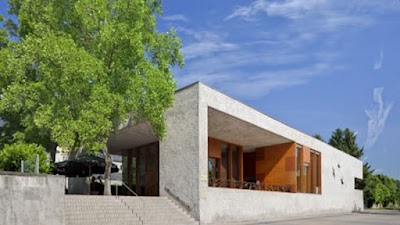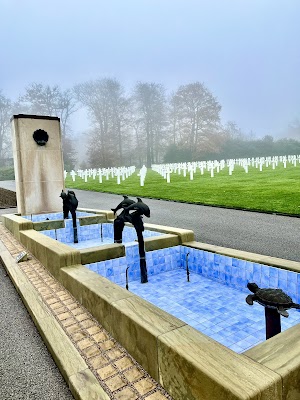Schengen Museum (Musée Schengen)
Overview
The **Schengen Museum**, situated in the picturesque village of Schengen in the Grevenmacher District of Luxembourg, invites visitors on an enthralling journey through European history. This unique museum highlights a pivotal event in the continent's modern development—the signing of the **Schengen Agreement** on June 14, 1985. The agreement was signed aboard the vessel **Princesse Marie-Astrid**, which was anchored on the scenic Moselle River, marking this quaint village as a significant site of European unity.
The **Schengen Agreement** stands as a remarkable symbol of unity and freedom in Europe. It laid the foundation for the gradual removal of border checks between member states, facilitating the free movement of people, goods, services, and capital. Initially signed by five European countries, the Schengen Area has now expanded to include 27 nations, fundamentally reshaping the European landscape.
Housed in a thoughtfully repurposed warehouse, the museum's design beautifully merges historical significance with a modern and interactive visitor experience. Upon entering, guests are greeted by a **timeline display** that outlines the key developments leading to the agreement and its subsequent expansion. This visual presentation provides essential context, highlighting the critical importance of freedom of movement in fostering peace and growth in post-war Europe.
Among the museum's standout features are its **immersive exhibits**, which blend multimedia presentations with authentic artifacts. Visitors can explore original documents from the signing ceremony, passports, and various border control items. Interactive touchscreens allow guests to dive deeper into the stories behind each artifact, illuminating the intricate negotiations and processes that shaped the pact.
The museum also pays homage to the local area and its historic significance, often referred to as the **"cradle of the Schengen Agreement."** Schengen is uniquely positioned at the tripoint where Luxembourg, Germany, and France converge, making it a profoundly symbolic site for an agreement aimed at transcending national borders. Several exhibits highlight this geographical distinction, showcasing how local culture and history have contributed to the broader European narrative.
For those curious about the **modern-day implications** of the Schengen Agreement, the museum offers insightful perspectives on its influence in present-day Europe. Touchscreen maps and data visualization tools illustrate the scale of movement within the Schengen Area—covering everything from tourism to students studying abroad and cross-border workers. This interactive section effectively demonstrates the tangible benefits of the agreement in everyday life.
In addition to its central exhibits, the museum frequently hosts **temporary exhibitions** and educational workshops tailored to various age groups and interests. Whether you're a history enthusiast, a student, or simply a curious traveler, there's something to captivate everyone. Recent temporary exhibits have explored topics such as the digital evolution of borders, refugee crises, and cross-border cooperation in environmental conservation.
No visit to the Schengen Museum would be complete without a stroll to the **Schengen Monument** and the nearby **European Museum.** The Schengen Monument, a striking installation of three pillars adorned with stars, symbolizes the three founding countries and serves as a popular photo opportunity for tourists. The European Museum further enriches the experience by providing deeper insights into the history and impact of European integration.
Additionally, the museum complex features a charming **café** and a gift shop, where visitors can unwind with a coffee or browse a variety of souvenirs, books, and memorabilia. The gift shop offers a range of items, from educational materials about the EU to unique creations crafted by local artisans.
Nestled along the banks of the **Moselle River**, Schengen is not only a site of historical significance but also a scenic destination for travelers who appreciate natural beauty. The surrounding vineyards and stunning landscapes create an ideal backdrop for a day of exploration, perfectly enhancing the educational experience the museum offers.
Ultimately, the **Schengen Museum** is more than just an exhibition space; it is a celebration of European unity and the shared values of freedom and cooperation. For international visitors, a trip to this museum provides invaluable insight into how a small village in Luxembourg played a crucial role in shaping the future of Europe. It stands as a testament to the ideals of peace and integration that continue to propel the European project forward.






